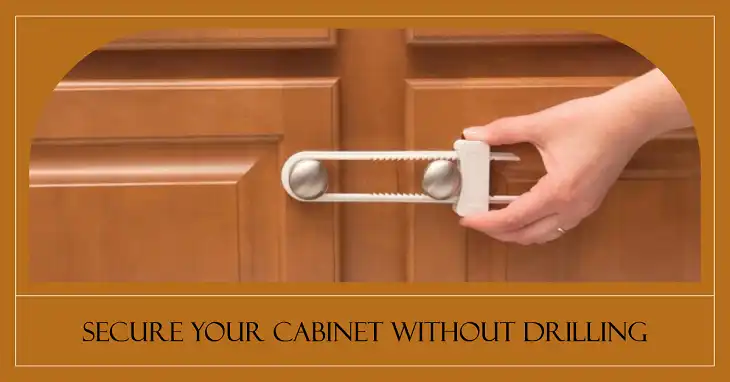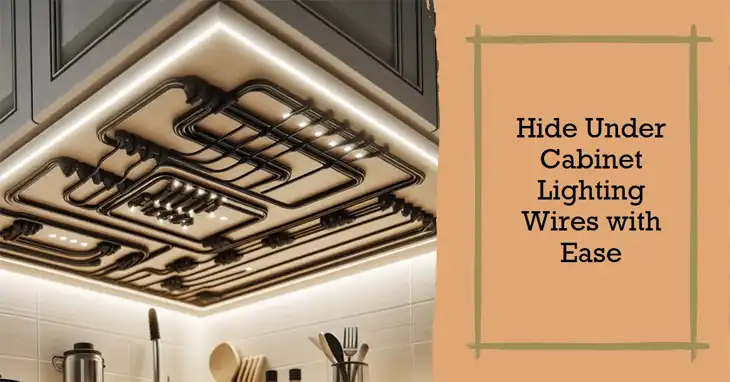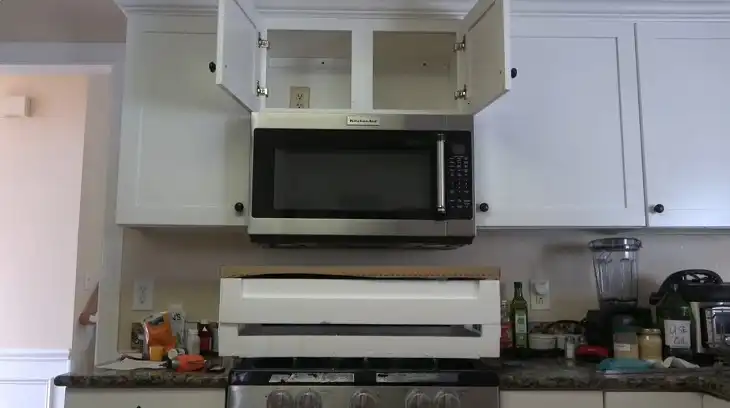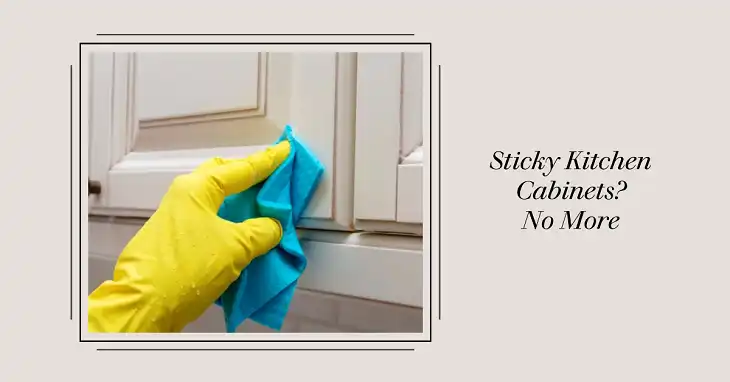How to Lock a Cabinet Without Drilling

Short Answer: You can lock a cabinet without drilling by using adhesive locks, magnetic locks, or tension-based systems like cable locks. These methods provide secure solutions without damaging your cabinet.
Securing a cabinet without drilling is not only a great way to avoid damaging the furniture but also a quick and easy method, especially for renters or those wanting a temporary fix. Whether you’re childproofing your home or adding an extra layer of security, there are several options to consider.
Why Lock Cabinets Without Drilling?
Locking cabinets is often necessary to secure important items, protect children, or restrict access. However, drilling into your cabinets can cause permanent damage, especially if you’re renting or want to preserve the cabinet’s original look. Fortunately, several alternatives allow you to secure your cabinets without altering their structure.
Best Methods to Lock a Cabinet Without Drilling
1. Adhesive-Mounted Locks

These locks use strong adhesive strips to attach to the inside or outside of cabinet doors. They are easy to install and remove without leaving marks.
- Best for: Childproofing, securing light items
- Installation Time: 5-10 minutes
- Tools Required: None
- Price Range: $10-$25 for a set of 4-6 locks
- Pros:
- Easy to install and remove
- No damage to cabinet surfaces
- Cons:
- Adhesive strength may weaken over time
- Not suitable for heavy-duty locking
How to Install:
- Clean the surface thoroughly.
- Peel off the backing and press the adhesive firmly onto the designated areas.
- Let it set for 24 hours before use.
2. Magnetic Locks

Magnetic locks are invisible from the outside and require a magnetic key to unlock. They typically have an adhesive base that sticks to the cabinet’s interior.
- Best for: Childproofing, securing valuables
- Installation Time: 10-15 minutes
- Tools Required: None (adhesive is pre-attached)
- Price Range: $20-$40 for a set of 4-8 locks
- Pros:
- Hidden and tamper-proof
- High-security for a non-drilling solution
- Cons:
- Lose effectiveness if the adhesive weakens
- Requires a magnetic key, which can get misplaced
How to Install:
- Attach the magnetic lock and catch using adhesive.
- Test the alignment with the magnetic key.
- Wait 24 hours before using.
3. Strap Locks

Strap locks are versatile and easy to install. They feature two adhesive pads connected by a flexible strap, making them ideal for securing cabinets with irregular shapes.
- Best for: Odd-shaped cabinets, appliances, double doors
- Installation Time: 3-5 minutes
- Tools Required: None
- Price Range: $8-$20 for a set of 4-6 locks
- Pros:
- Quick and flexible installation
- Suitable for various surfaces
- Cons:
- Can be unsightly
- May lose adhesion over time
How to Install:
- Attach one end of the strap to the side of the cabinet.
- Stick the other end to the door.
- Adjust the strap length as needed.
4. External Padlocks with U-Bolts

If you need more robust security, consider using external padlocks. While it requires a bit more effort, it’s still a no-drill method.
- Best for: High-security requirements
- Installation Time: 15-20 minutes
- Tools Required: U-bolt kit, screwdriver (for tightening only)
- Price Range: $15-$30 per set
- Pros:
- Provides maximum security without drilling
- Durable and long-lasting
- Cons:
- May alter cabinet aesthetics
- Takes longer to install
How to Install:
- Use a U-bolt that fits around the handles.
- Secure the U-bolt with a padlock.
- Tighten any screws on the U-bolt to ensure it’s secure.
Comparing Non-Drilling Cabinet Lock Options
Here’s a quick comparison table to compare different lock options to help you choose the right option for you.
| Type of Lock | Best Use | Installation Time | Price Range | Strength | Visibility |
| Adhesive-Mounted Locks | Childproofing | 5-10 minutes | $10-$25 for 4-6 | Low-Medium | Visible |
| Magnetic Locks | Childproofing, valuables | 10-15 minutes | $20-$40 for 4-8 | Medium-High | Hidden |
| Strap Locks | Irregular shapes | 3-5 minutes | $8-$20 for 4-6 | Low-Medium | Visible |
| External Padlocks w/ U-Bolt | High security | 15-20 minutes | $15-$30 per set | High | Visible |
Additional Considerations
1. Lock Strength
When choosing a cabinet lock, consider the strength you need. For example, if you’re childproofing, adhesive or magnetic locks are usually sufficient. However, if security is a concern, a cable or padlock system may be better suited.
2. Aesthetic Impact
Magnetic locks are invisible from the outside, maintaining the sleek look of your cabinets. Adhesive or strap locks may be more noticeable but are often designed to blend in.
3. Reusability
Some locks, like tension rods and cable locks, can be reused across different cabinets. Adhesive locks, on the other hand, are usually a one-time use due to the adhesive backing.
FAQs
Will adhesive locks damage my cabinet when removed?
A: Generally, adhesive locks are designed to be removed without damage. However, using a hairdryer to heat the adhesive before removal can help prevent any potential marks.
Can I reuse adhesive or magnetic locks?
A: It depends. Some adhesive-based locks can be reused by applying new adhesive strips, while others are single-use.
Are these locks suitable for metal or glass cabinets?
A: Yes, most adhesive and magnetic locks can be used on smooth metal or glass surfaces. Just make sure to clean the area thoroughly before applying.
What if I lose the magnetic key?
A: Many magnetic lock sets come with spare keys, or you can contact the manufacturer for replacements.
Final Thoughts
Choosing a non-drilling cabinet lock can save you from potential damage and keep your furniture in pristine condition. Depending on your needs—whether childproofing, securing valuables, or ensuring high security—there’s a lock type that suits your requirements. For temporary solutions, adhesive locks are perfect, while for more permanent non-damaging options, magnetic locks or external padlocks are recommended.






